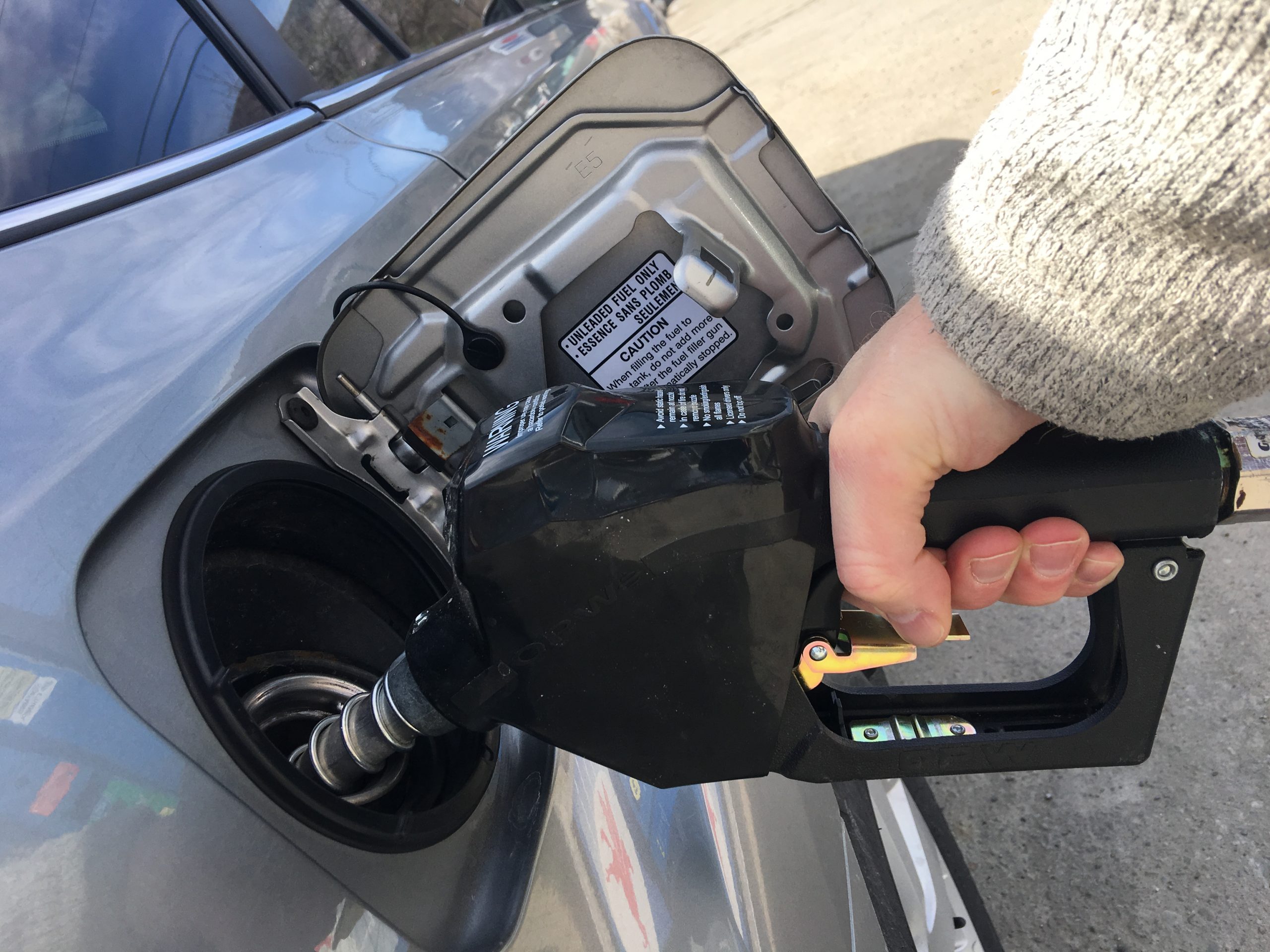This post is a continuation from Part 1 on My Car Smells Like Gasoline, What Can I Do. Lately, we have gone through:
– The origin of gasoline odors
– Step 1: Apply basic security rules
– Step 2: Identify possible external leaks
We will now continue with the following:
– Step 3: Check the components in the engine compartment
– Step 4: Inspect the passenger compartment
– Step 5: Check the fuel vapor recirculation system
– Step 6: Detect a possible motor malfunction
3. Check the components in the engine compartment
– Inspect the following items:
– Hose connections to the fuel filter;
– the condition of the fuel filter;
– the lines leading to the common rail of the injectors (indirect injection) or to the direct injection pump;
– the high-pressure fuel injection lines;
– injector seals.
– Bring the damaged parts back into conformity.
– Make the necessary repairs according to your diagnosis. For example:
– Replace hoses and pipes.
– Change the fuel filter.
– Replace injector seals.
4. Inspect the passenger compartment
In the passenger compartment, the possible causes are reduced: a leak or fume comes from the top of the tank. The sealing of the cap or its gasket may be defective.
Good to know: in 95% of cases, the gauge well (which includes the fuel level sensor, fuel pump, and strainer) is accessible from the passenger compartment, under the rear seats, or under the rear floor.
– Make sure you have the appropriate key for the gauge well cap. This cap is a large-diameter plastic threaded ring that covers the gauge well.
– Remove the rear seat and access hatch.
– Replace the plug properly or, if damaged, replace the plug and its gasket.
5. Check the fuel vapor recirculation system

The anti-pollution regulations prohibit the diffusion of hydrocarbon vapors into the atmosphere. A treatment device, therefore, exists on motor vehicles.
Check the hydrocarbon vapor treatment device
– Check hoses and lines that capture hydrocarbon vapors from the fuel filler intake and engine breather (oil vapor trap).
– Check the condition of the activated carbon filter, called the canister.
Note: It is often located in a front fender and is used to store and process the vapors.
– Make sure that the solenoid drain valve is working properly.
Good to know: controlled by the engine management computer, the solenoid valve reintroduces the recovered hydrocarbons into the phases that do not affect engine operation.
You may have to:
– Replace hoses and pipes.
– Replace the activated carbon filter if it is damaged.
– Replace the drain solenoid valve.
6. Check for possible motor malfunction
The smell of gasoline may result from incomplete combustion or lack of combustion on one or more cylinders, causing unburned gasoline to pass into the exhaust.
6.1 Identify the symptoms
A motor problem can be identified by observing different symptoms:
– unbalanced motor functioning;
– detonations in the exhaust system.
6.2 Test and repair the various components
The main causes of a motor malfunction are:
– a lack of compression;
– a defective spark plug or ignition coil;
– a seized injector;
– faulty injection parameters, such as a temperature sensor, oxygen sensor (lambda sensor), etc.
6.3 Diagnose and replace defective components
Here, the engine and injection check-up requires a high level of technical expertise, a solid technical foundation, and specific equipment (compressor, multimeter, oscilloscope, or diagnostic tool). It is preferable to take your car to a professional garage.
Thank you for staying posted on our new blog posts. Hope the posts from Part 1 till here would be of any help to you. Remember to leave your comments below and share these posts with your friends.


1 comment
[…] post will now continue in part 2 in our next publication during this week itself. Stay posted, and remember to leave your comments […]